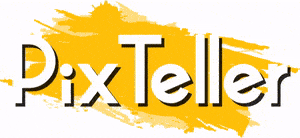4 Tools for Compressing Website Images & Why You Need To
Images can account for up to 99% of your website's page size. Unsurprisingly, they are one of the most popular pieces of content online. Businesses use images to express their brand and keep users interested in their site.
But if your website is too image-heavy, you'll want to pay attention to this post, because all of that data-heavy media could be causing your website a wealth of problems.
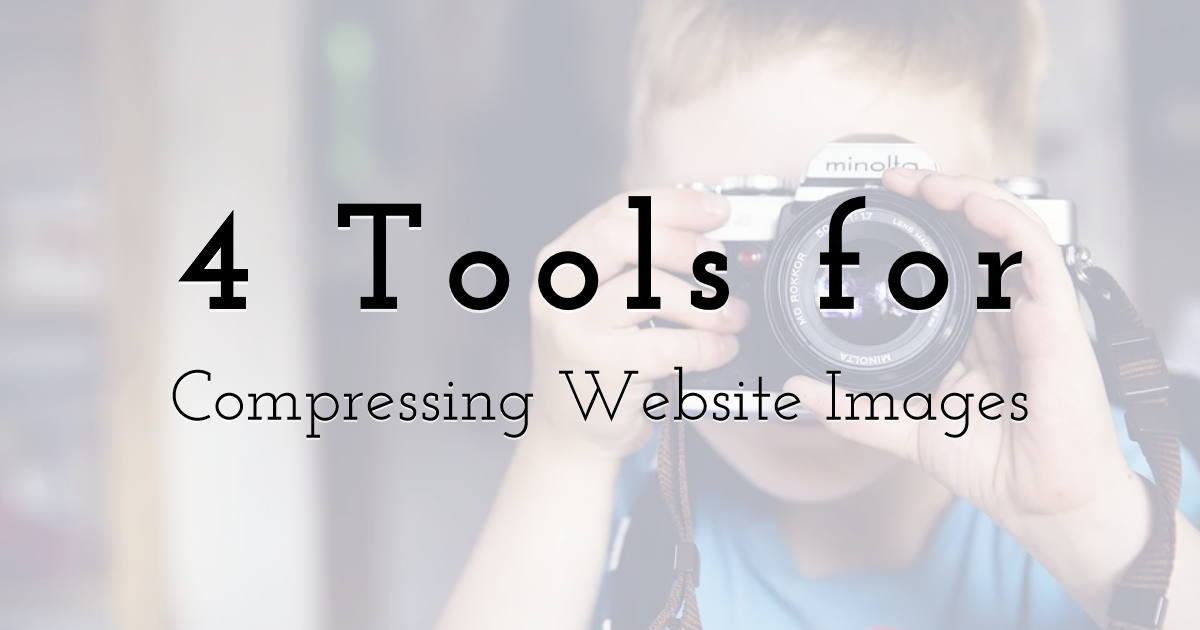
Create your own optimized and compressed visuals with
PixTeller
online graphic editor & free animation maker.
Below, we'll take a look at what these problems are and how you can use some simple image-compressing tools to avoid them.
Why You Should Compress Your Website Images
Large images can cause your website to slow down, creating a poor user experience. A badly performing website will be penalized by both visitors and search engines. So if you want your website to reach the top of the SERPs (search engine results pages) and keep visitors returning for more, you need to keep image size low.
Compressing your images can have plenty of benefits:
- • Compressed image files can improve your SEO because the page load speed is considered to be a ranking factor. Loading many large image files during render can cause your site to feel slow, and if it doesn't load within 5 seconds, both Google and your website users will be less than impressed.
- • Creating backups of your website will be faster as your website files will be smaller.
- • Smaller website files take up less bandwidth. This means you won't be penalized by your web hosting provider for exceeding any bandwidth limits. Less bandwidth also frees up more resources to ensure your server response time is fast.
- • As well as bandwidth, smaller images take up less storage space on your web server, meaning you can downgrade your web hosting plan and save a bit of change over the year.
Now you can see why you should be compressing those images, let's take a look at how you can get it done.
1. TinyPNG
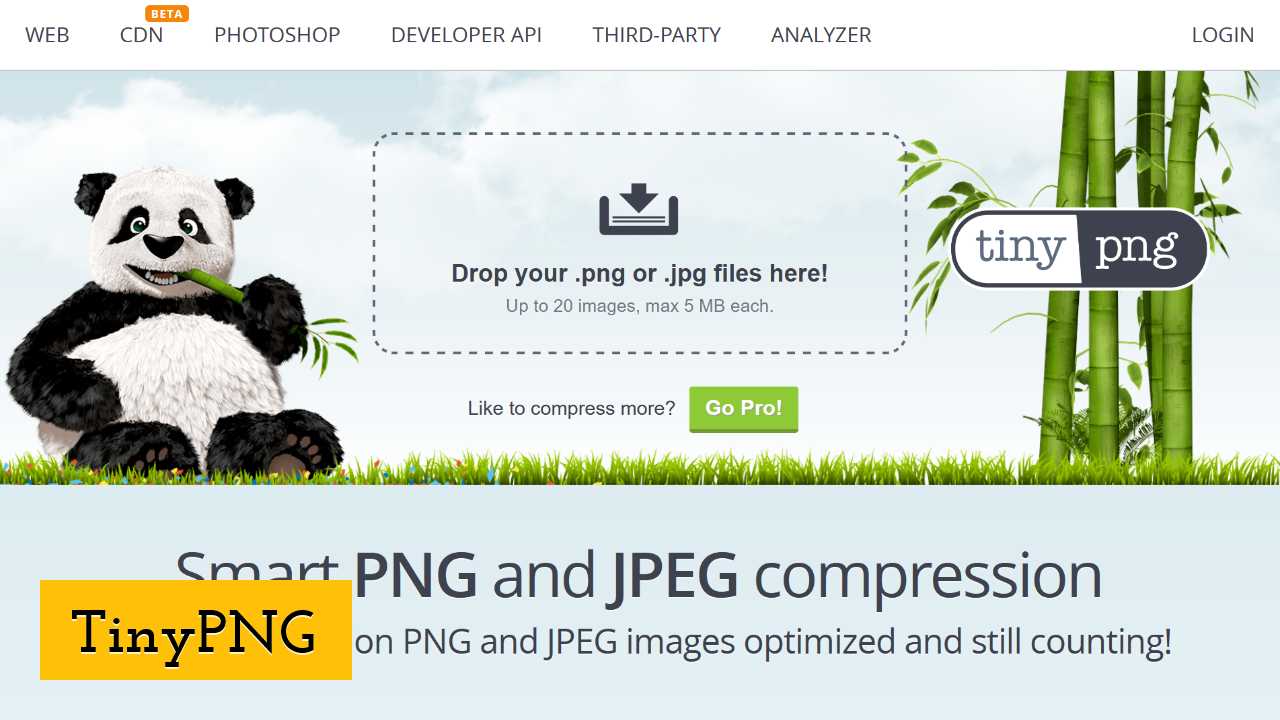
TinyPNG, which is also the same as TinyJPG, lets you compress PNG and JPG images using a free account. You can upload your image files (20 images at a time at 5MB size maximum) via TinyPNG's website. Just select your files from your computer, or drag and drop them to the site.
TinyPNG uses something called smart lossy compression, which reduces the size of your image files without losing the quality. To the naked eye, it would be almost impossible to detect the difference between an original image and one compressed via TinyPNG.
2. JPEG.io
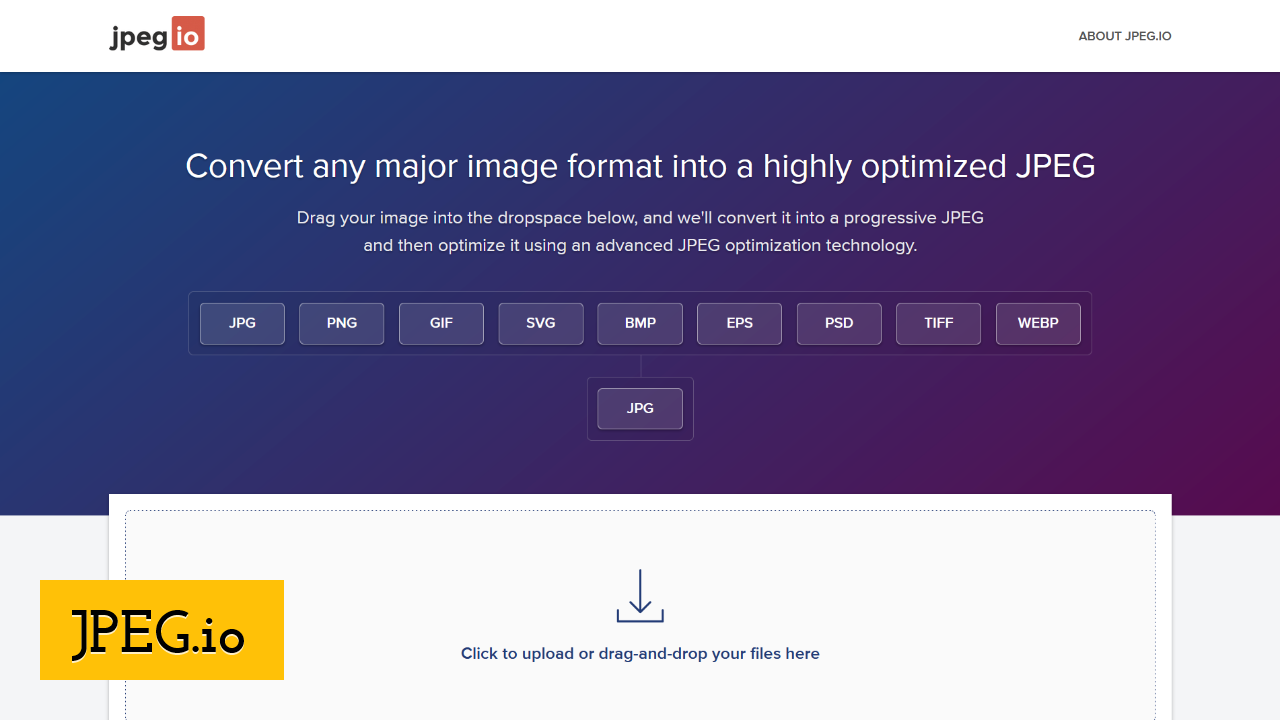
JPEG.io allows you to convert images of any format into JPEG, including JPG, PNG, GIF, SVG, BMP, EPS, PSD, TIFF, and WEBP. The tool covers a lot more image formats than most image compressing tools available on the market.
Much like TinyPNG, all you need to do is drag and drop your image files across to JPEG.io's website, or upload them from your device. The tool will convert your image into JPEG then compress any images before allowing you to download them. The tool is free to use and doesn't limit the number of images you can upload, or image sizes you can compress to.
3. Compressor.io
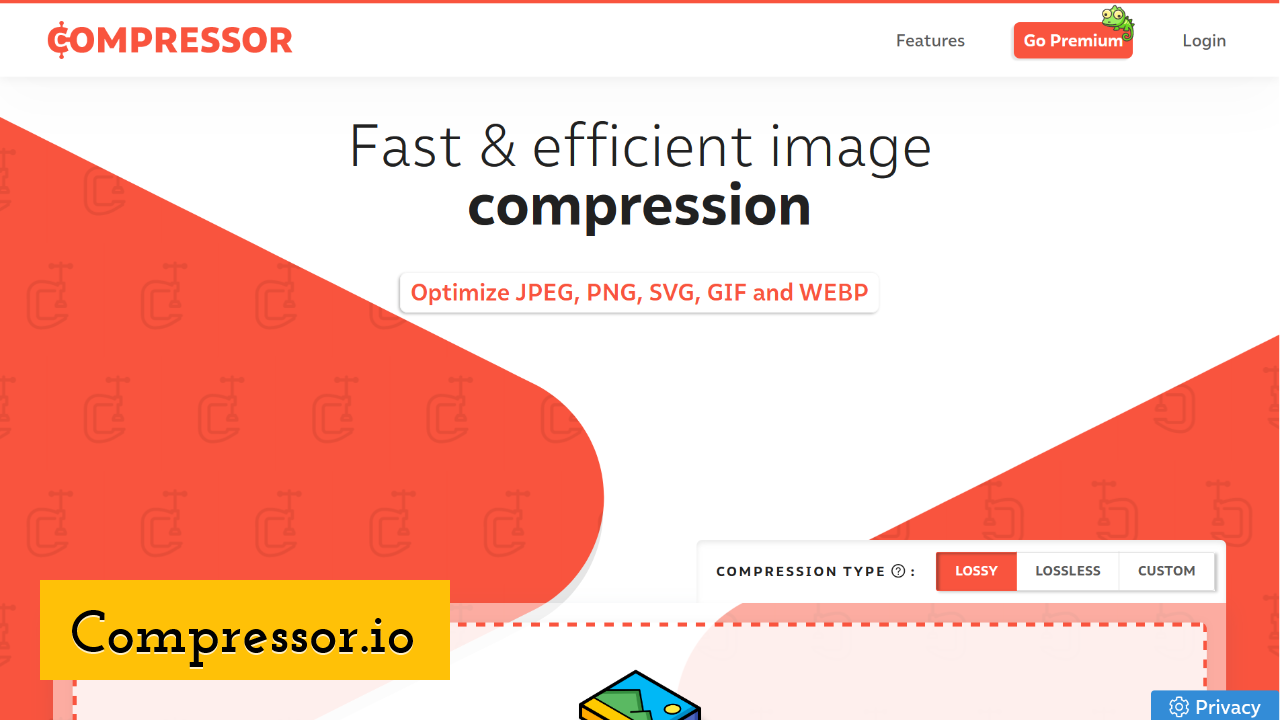
Compressor.io can save you hundreds of KB by applying high levels of compression to your image files. In fact, Compressor.io can compress files by around 90%, as well as compressing JPEG and PNG files without losing pixels.
You can choose between lossy, lossless, or custom compression by dragging your files across to Compressor.io's uploader, or by selecting them from your device. Compressor.io can compress up to 50 JPG, PNG, GIF, SVG, and WEBP image files for free with a maximum file size of 10MB.
Alternatively, you can choose their premium subscription, which costs $50 per year and means you can increase the file size to 20MB and access unlimited compressions.
4. Optimole
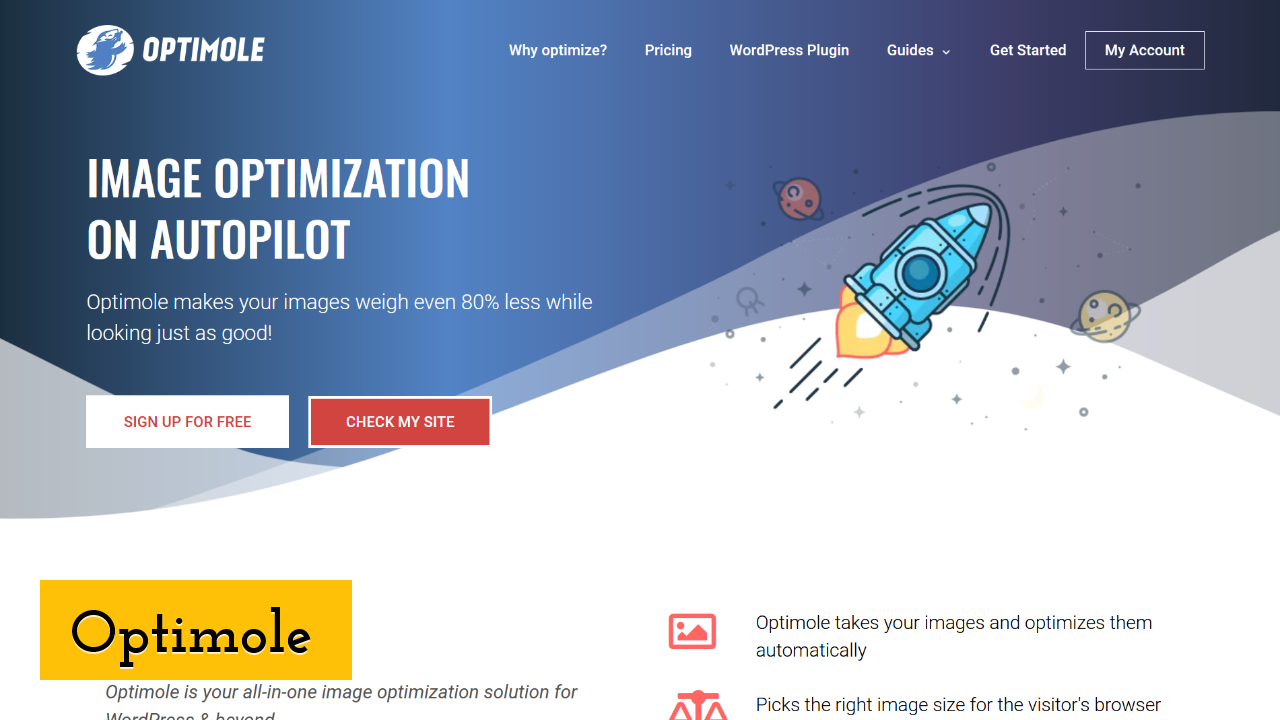
If you're a website owner or you have a WordPress website, you may want to consider Optimole. It's a brilliant tool if you don't want to manually select images to optimize as it processes your images in real-time. If you want to speed up your website without your visitors noticing a visual difference, Optimole will reduce their weight without sacrificing quality.
Images are optimized automatically, and image sizes are adjusted based on the visitor's browser and device. You can download Optimole's free WordPress plugin, which offers 5,000 monthly visits, auto-scaled images, smart lazy loading, 200+ CDN locations, unmetered bandwidth, and 48-hour email support. Prices start from £19.08 per month and increase depending on your monthly visitor numbers, the support option you want, and the kind of features you need.
Conclusion
Now that you're equipped with the right tools to compress your website images, it's time to take action to increase your website's speed and performance. Not only will your website rank higher in organic search, your existing website users will notice and appreciate how fast your website now loads.
Until next time, Be creative! - Pix'sTory made by Georgie Peru
Georgie is a Content Contributor for UKWebHostReview. She is passionate about sharing her enthusiasm for technology through her content writing work, with a mission to help others learn and understand what makes the digital world so successful.
Recommended posts
-

6 Best Website Design Trends for 2021
Read More › -

Top 10 Party Decoration Ideas
Read More › -
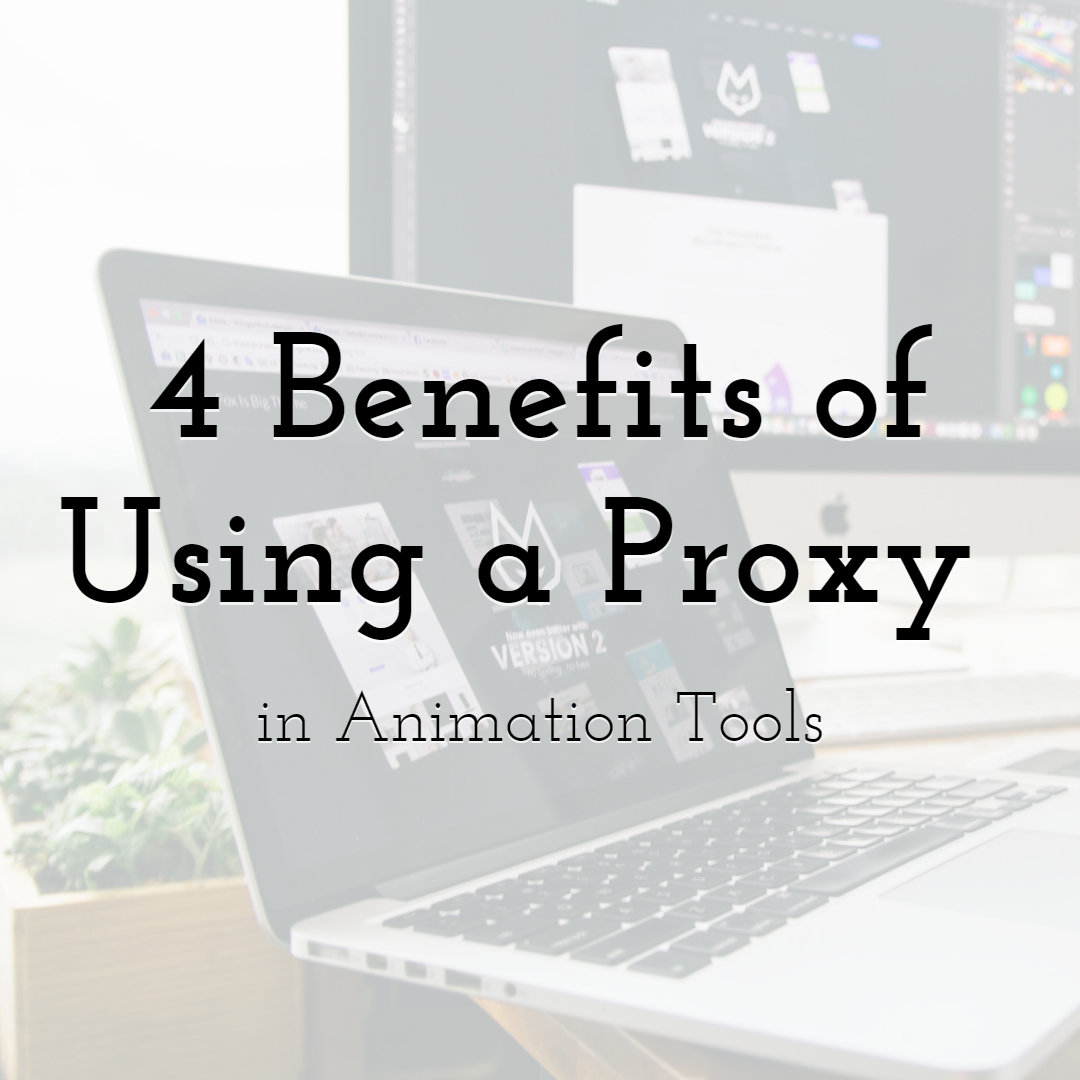
4 Benefits of Using a Proxy in Animation Tools
Read More › -
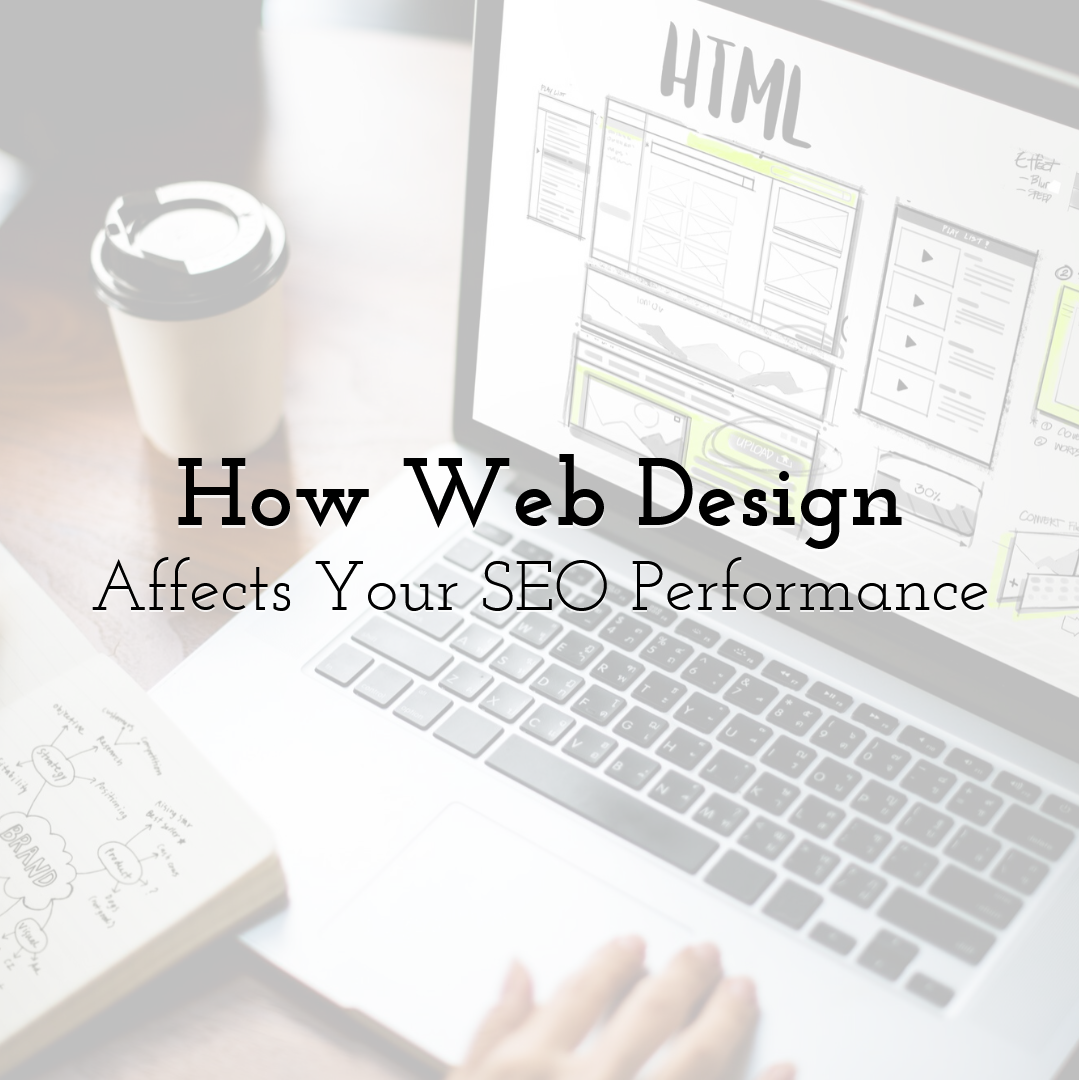
How Web Design Affects Your SEO Performance
Read More › -
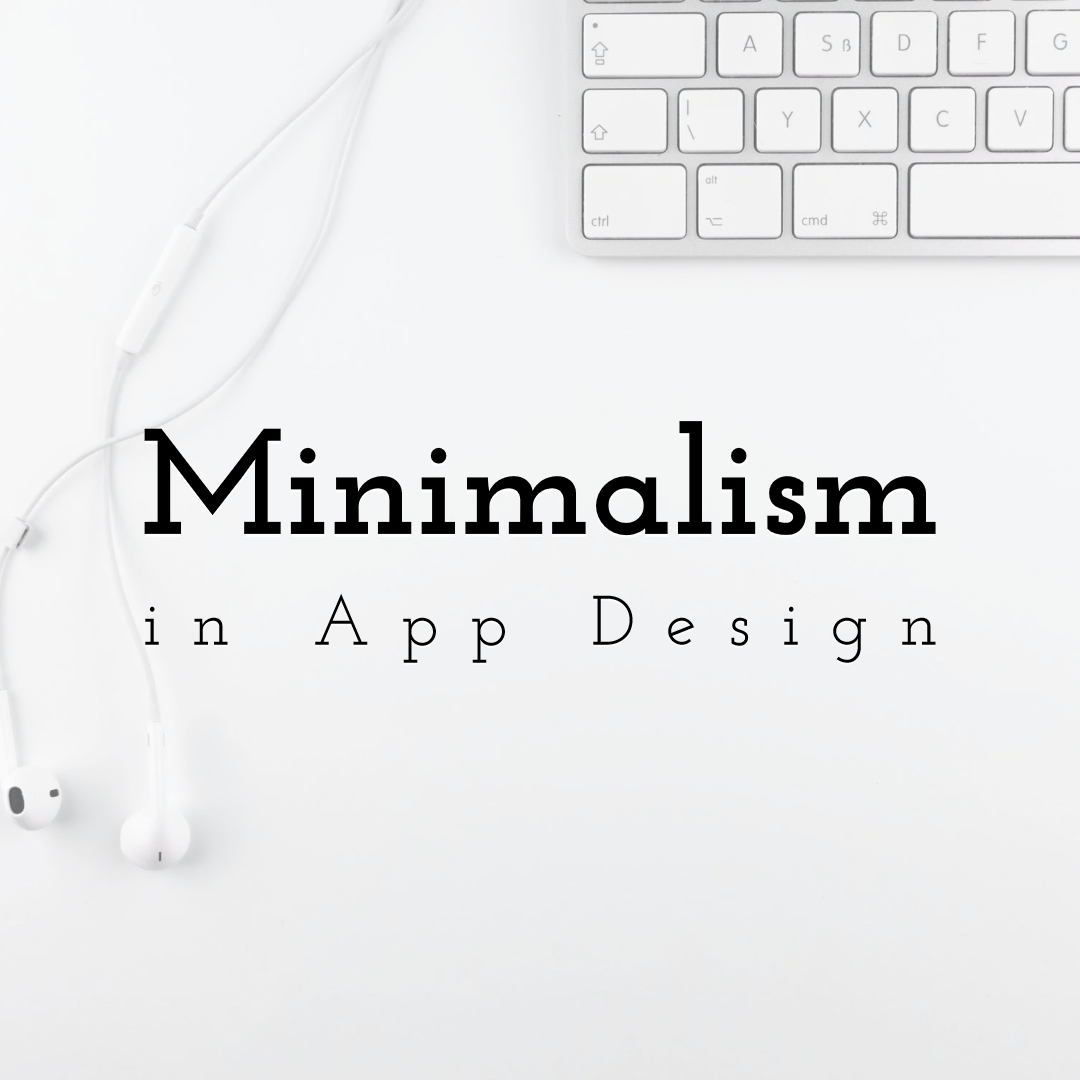
Minimalism in App Design: How Does it Boost User Experience
Read More › -

How Advancements in Technology Impact the Graphic Design Industry
Read More ›
